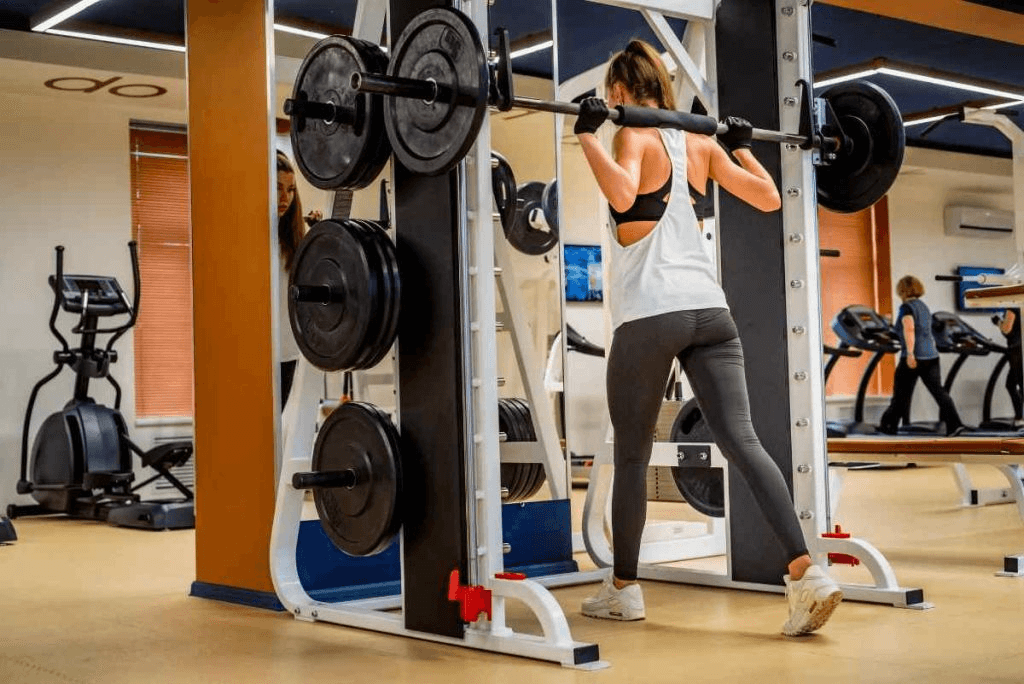Creating an effective workout space at home starts with choosing the right equipment. From standalone weight machines to versatile universal gyms, today’s home fitness solutions offer something for every budget, space, and strength-training goal. Here’s an in-depth look at four top categories—plus tips to determine which home gym is the best fit for you.
1. Standalone Weight Machines
Standalone in-home weight machines are perfect for those who want focused, guided resistance training without the need to switch attachments or adjust complex settings.
Key Benefits:
-
Ease of use: Simple pin-and-stack system lets you adjust load in seconds.
-
Safety: Enclosed weight stacks reduce the risk of dropping plates.
-
Targeted muscles: Machines isolate specific muscle groups, great for beginners or rehab.
Top Considerations:
-
Footprint: Many models fit in just a 6’×4’ corner.
-
Stack weight: Look for at least 150 lbs of resistance for lower-body work.
-
Attachment options: Lat pulldown, pec deck, or leg extension add versatility.
2. Free Weight Gyms at Home
For lifters who crave the feel of a barbell and bumper plates, a home free weight gym delivers the most authentic strength-training experience.
Why Choose Free Weights?
-
Functional strength: Barbell exercises engage stabilizer muscles and core.
-
Progressive overload: You can incrementally add small plates to move steadily forward.
-
Endless variety: Squats, deadlifts, presses, rows—you name it.
Space & Safety Tips:
-
Allocate at least 8’×6’ of clear floor space.
-
Invest in a sturdy power rack with safety pins or straps.
-
Use rubber flooring or mats to protect floors and reduce noise.
3. Universal Gyms (All-In-One Systems)
Universal gyms combine cables, pulleys, and attachments to provide a full-body workout within a single frame. They’re often called “functional trainers” or “multi-station gyms.”
Advantages of Universal Gyms:
-
Full-body coverage: Cable crossovers, adjustable benches, dip stations, and chin-up bars.
-
Space efficiency: Replaces multiple standalone machines.
-
Smooth resistance curve: Cable systems deliver consistent tension through the entire range of motion.
What to Look For:
-
Dual-weight stacks for independent arm/leg work.
-
High-quality pulleys and steel cables to prevent wear.
-
Accessories: D-handles, tricep ropes, ankle straps for maximum versatility.
4. Comparing “Which Home Gym Is the Best?”
When weighing your options, consider these core factors:
| Factor | Weight Machine | Free Weight Gym | Universal Gym |
|---|---|---|---|
| Ease of Setup | Easiest | Moderate (rack assembly) | Moderate (multiple parts) |
| Versatility | Limited to machine’s design | Highest (open-ended) | High (many attachments) |
| Space Requirement | Small to moderate | Moderate to large | Moderate |
| Safety | Built-in safeguards | Requires spotters/rails | Built-in safeguards |
| Cost Range | $800–$2,500 | $600–$1,500 (rack+plates) | $1,500–$4,000 |
Tip: If you’re torn between the free-weight feel and the guided safety of machines, look for a hybrid system—some universal gyms offer plate-loading stations alongside cables.
5. Personal Reflections
When I first set up my home gym, I started with a simple weight stack machine to master form on chest presses and leg extensions. After six months, I missed the raw challenge of a barbell. Upgrading to a power rack with bumper plates not only reignited my motivation, but also taught me the importance of space planning—I had to reconfigure my garage twice to fit a 7’ barbell overhead. Today, I’ve settled on a universal gym with dual stacks, which gives me the stability I value without sacrificing the dynamic range of free weights.
6. Choosing the Right Home Gym for You
-
Assess your goals: Strength, hypertrophy, rehabilitation, or general fitness?
-
Measure your space: Always leave room for full motion—don’t underestimate ceiling height for overhead lifts.
-
Set a budget: Factor in accessories (bench, mats, dumbbells) to avoid surprise costs.
-
Think long-term: Aim for equipment that grows with you, whether by adding weight plates or new attachments.
Conclusion
There’s no one-size-fits-all answer to “which home gym is the best.” By understanding the strengths of standalone weight machines, free weight setups, and universal gyms—and by reflecting on your own training history—you can select a system that inspires consistency, challenges your muscles, and ultimately transforms your space into a personal fitness haven.











































Leave a comment
This site is protected by hCaptcha and the hCaptcha Privacy Policy and Terms of Service apply.